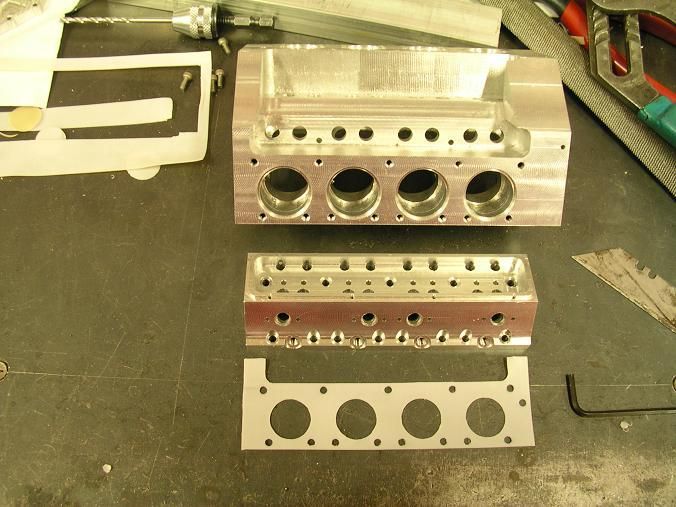student123
Well-Known Member
- Joined
- Oct 31, 2009
- Messages
- 183
- Reaction score
- 0
My novice build of the littlemachineshop oscillating engine continues
http://littlemachineshop.com/Projects/OscillatingEngine.php
piston brass , theres a copper gasket , all else aliminum
testing on compressed air, no long term plans for steam running
a pic all assembled:

Now in the testing stage
However air is escaping thru the copper gasket
Any suggestions please as to what the solution is? Ptfe tape any good ? Glue ? Replace the copper with a better material ?
Mike
http://littlemachineshop.com/Projects/OscillatingEngine.php
piston brass , theres a copper gasket , all else aliminum
testing on compressed air, no long term plans for steam running
a pic all assembled:

Now in the testing stage
However air is escaping thru the copper gasket
Any suggestions please as to what the solution is? Ptfe tape any good ? Glue ? Replace the copper with a better material ?
Mike






